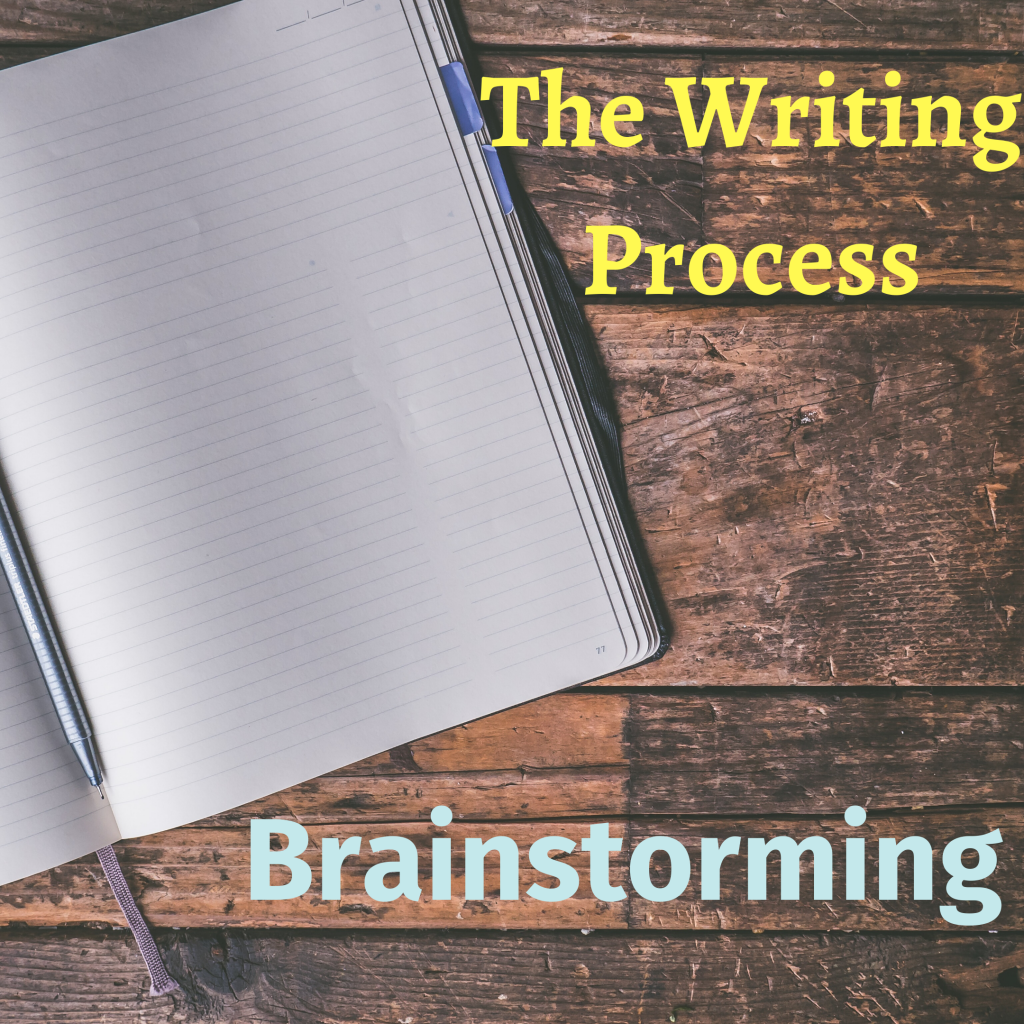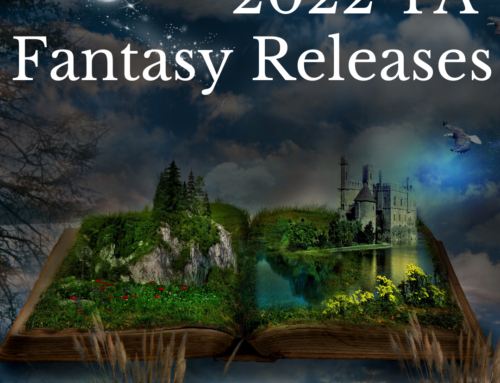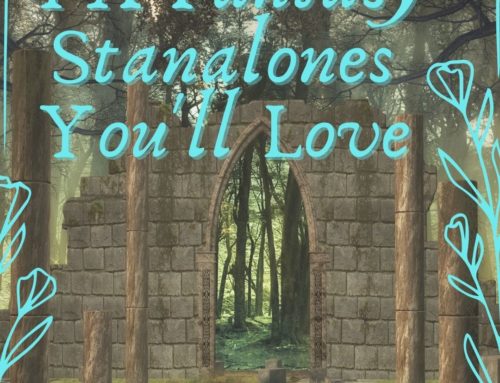
Before you can write a story, you have to have a story worth telling. Brainstorming is the first step in my writing process, and it’s also my favorite step. Nothing is more exhilarating to me than coming up with a new idea for a story and fleshing it out in my head. But what happens when you can’t think of a good idea? Sometimes our creative juices need a little help to get flowing. Here are some techniques to ignite a spark.
Rules of Brainstorming
1. WRITE DOWN EVERYTHING. Yes, I mean everything. Even if it’s “I have no idea what I should be writing about .”
2. Nothing is a bad idea. Turn off that inner editor telling you the idea isn’t good enough.
3. Go to a place that inspires creativity in you where you can concentrate.
4. WRITE DOWN EVERYTHING. It is worth repeating.
Brainstorming Techniques
➜ Read. Read. And Read Some More: The best way to come up with ideas for your book is to read other people’s books. Don’t be worried about “stealing” their idea. Reading sparks inspiration. One smaller aspect of a published book can be the seed of an idea for your novel.
➜ Freewriting: Put pen to paper and just write! Write about anything. Write about what’s going through your mind in that moment. Think of this as an exercise to warm up the creativity muscles. Don’t edit. Don’t judge. Don’t stop. When you turn off the internal critic and give your mind freedom to write whatever it wants, who knows what will happen.
➜ Writing Prompts: Did the bullet point above make you anxious? Sometimes our brainstorming needs a little structure. If that’s the case, buy one of those writing prompt journals and do some work in that. Like the previous bullet, this is a warm up for our creative brains.
➜ Webbing: Do you know what elements you want your story to have? Start with one of the “musts” for you book, like genre, a general theme, perhaps a setting, and write it in the center of a large paper or poster board and draw a circle around it. Then write words or phrases that come to mind in other circles and connect them to the original thought bubble. Continue thinking and bubbling, making sure to connect bubbles where it makes sense. This technique is great for making sure we hit all the necessities, especially in categories like genre fiction.
➜ Creativity Sponging: This is what I call it when I soak up someone else’s creativity and use it to launch my own creative ideas. It can look like many things: listening to music, watching a TV show or movies, going to an art gallery, etc.
➜ Watch a Documentary: Have you ever learned about a historical event and thought “That’s so crazy it almost sounds made up.”? That’s exactly why I love doing this to spark ideas for a story. History is a rich tapestry of outrageous events and people that can easily be the starting point for your next great book.
➜ Ask “What if…”: Perhaps the most profound and helpful question a writer can ask. What if the Titanic hadn’t sunk? What if Jane Grey got to rule England for more than a few days? And on and on. This tactic is simple. Think of something from your life, the news, another book you’ve read, etc and ask what if it went in a different direction.
➜ Dream Journal: Start keeping a journal where you log your crazy dreams. And yes, still write down the most crazy, unbelievable dreams, even if you think there can’t possibly be a way to turn them into a story. Once, I had a dream I was an FBI Agent sent to rescue Taylor Swift from a three-headed, dog-like beast that was enormous and could fly. At first I thought, “No way. That’s too out there for a story.” But I dare you to tell me you wouldn’t want to read that book…
I hope you enjoy brainstorming as much as I do. But if you don’t, at least these suggestions might make it a tad easier to get through. And remember, the next great idea might not come right away. It’s okay to be patient. To let the creative part of your mind take its time. The best stories may take longer to discover, but they are always worth it.
Want more tips and explanations for the writing process? Click HERE to view all writing posts.



